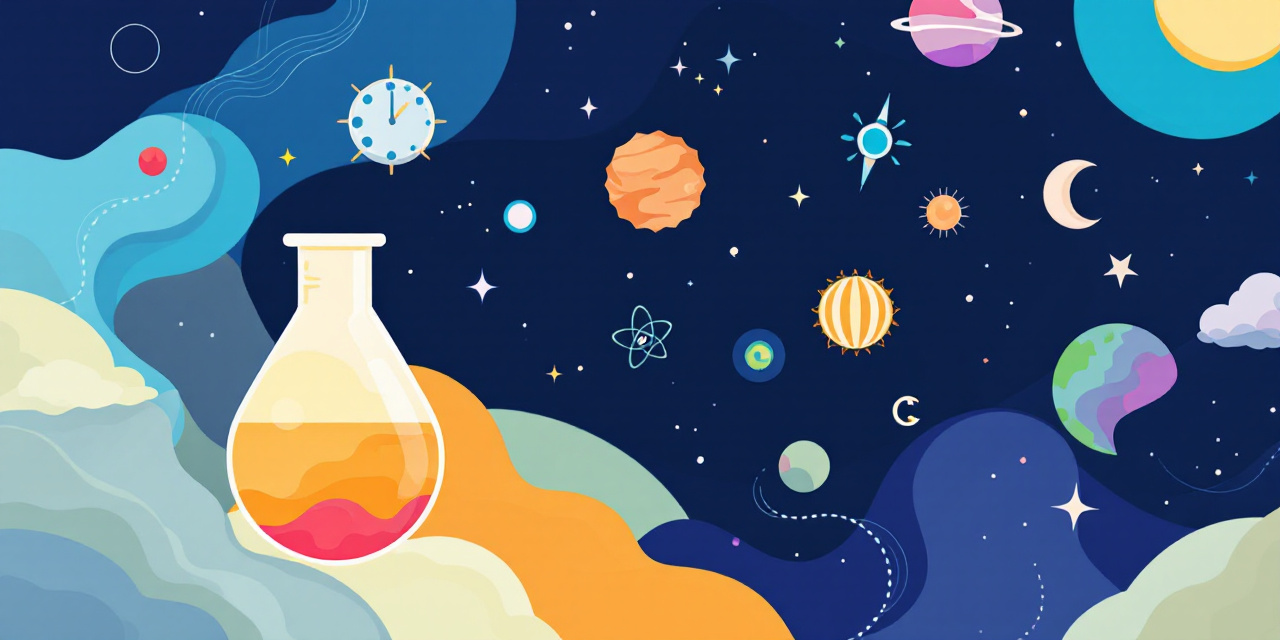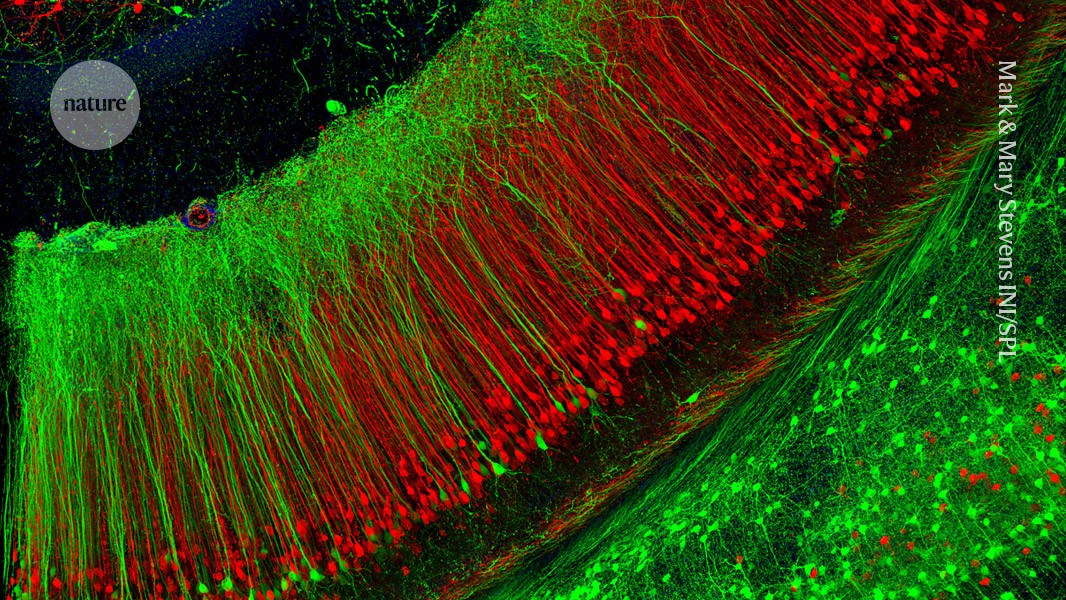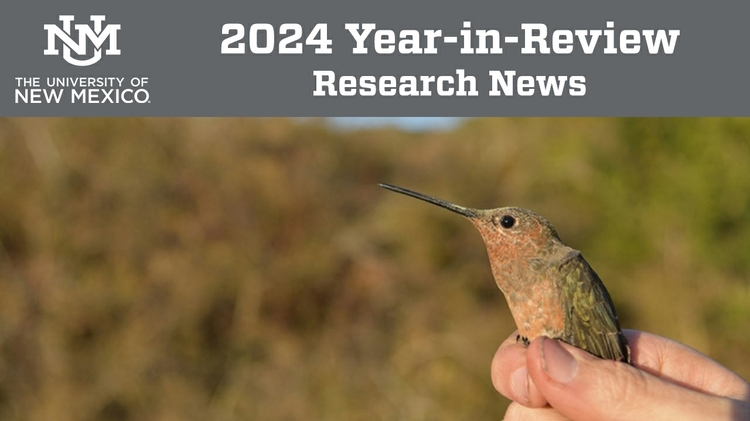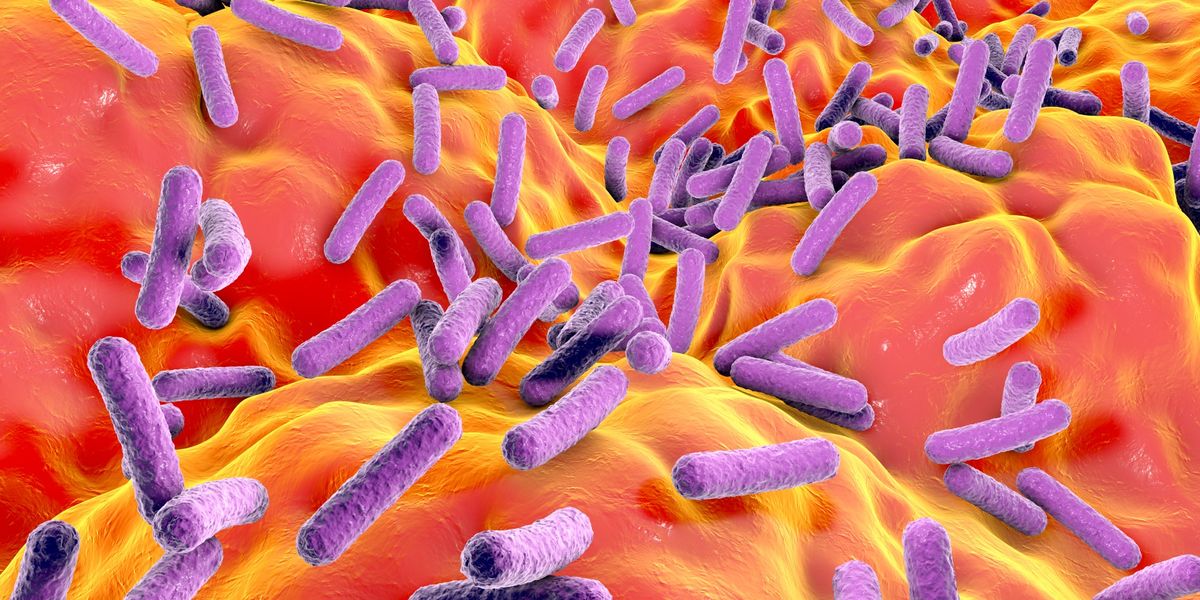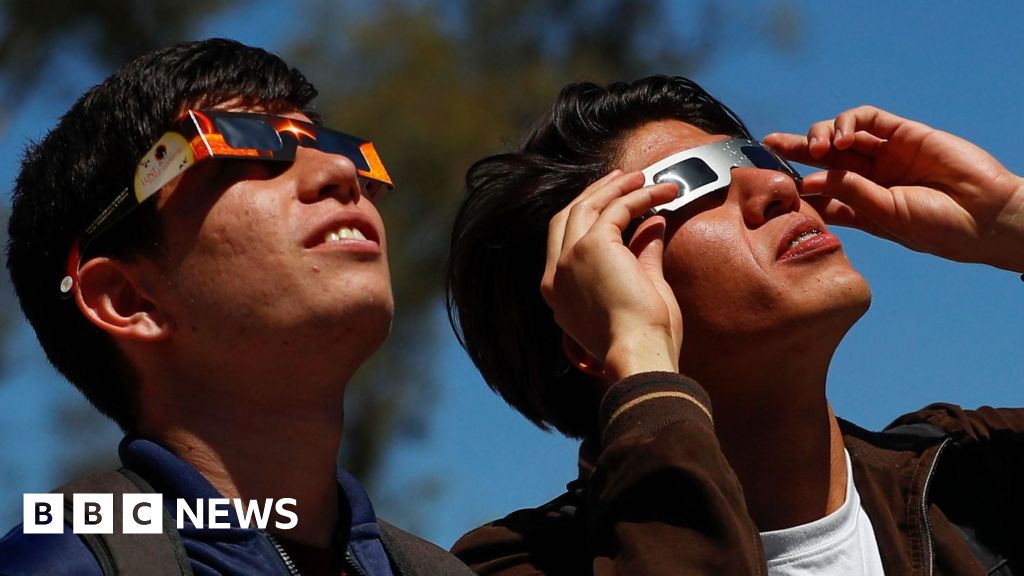NASA's Parker Solar Probe survives closest solar approach; milestone achieved in solar research; data collection on solar winds initiated
- NASA’s Parker Solar Probe survives closest approach to the sun: The Parker Solar Probe successfully completed its closest approach to the sun, marking a significant milestone in solar research and exploration. This mission aims to gather data about solar winds and the sun's outer atmosphere. 1
